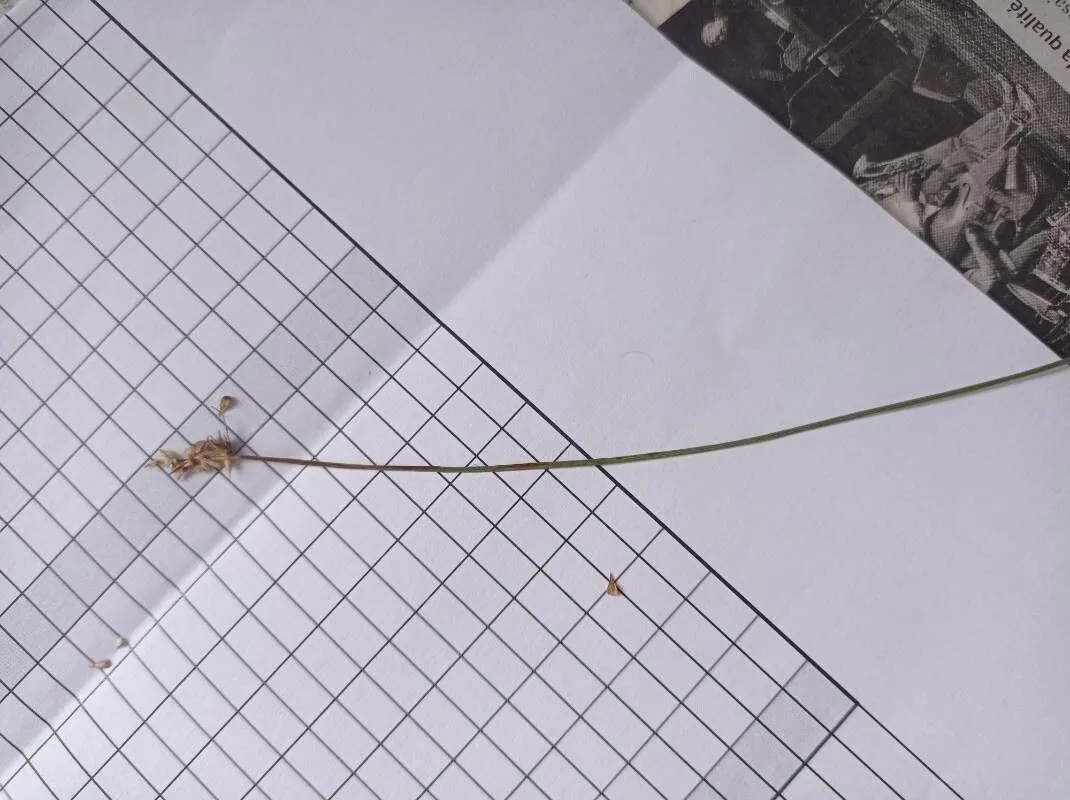
Author: L.
Bibliography: Sp. Pl.: 972 (1753)
Year: 1753
Status: accepted
Rank: species
Genus: Carex
Vegetable: False
Observations: Europe to Siberia
The Dioecious sedge, known scientifically as Carex dioica, is a notable member of the Cyperaceae family. Cataloged by the eminent botanist Carl Linnaeus in his seminal work “Species Plantarum” in 1753, this particular species has a distinctive presence that spans from Europe to Siberia.
Carex dioica exhibits a unique characteristic that is alluded to in its common name “Dioecious sedge.” This term indicates that the plant is dioecious, meaning that individual plants are either male or female. This separation of sexes onto different plants is relatively rare among sedges, making Carex dioica a fascinating subject of study for botanists and plant enthusiasts alike.
The plant typically thrives in moorlands, wetlands, and other damp environments where it can form dense, low-growing mats. Its ecological role is significant as it contributes to the biodiversity and health of wetland ecosystems by providing habitat and food for various wetland species.
In appearance, Carex dioica is characterized by its slender, grass-like leaves and inconspicuous flowers. The male and female flowers are found on separate plants, with male flowers forming narrow, cylindrical spikes and female flowers forming oval spikes.
Given its extensive geographical distribution, the Dioecious sedge has adapted to a variety of climatic conditions. From the temperate regions of Europe through to the colder climes of Siberia, Carex dioica demonstrates remarkable resilience and adaptability.
In summary, Carex dioica, or the Dioecious sedge, is a plant of considerable botanical interest and ecological importance. First described by Linnaeus in 1753, this sedge’s widespread occurrence across Europe and Siberia, combined with its unique reproductive strategy, underscores its significance within the Cyperaceae family and the wetland ecosystems it inhabits.
Dan: tvebo star
Deu: zweihäusige segge
Eng: dioecious sedge, separate-headed sedge
Nor: fattig-star, frytlestar
Fra: laîche dioïque
Swe: nålstarr, äimäsara
Nob: særbustarr
Nno: særbustorr
Nld: tweehuizige zegge
Fin: äimäsara
Cym: hesg ysgar, hesgen dwyaneddol, hesgen ysgar
En: Dioecious sedge, Separate-Headed Sedge
Be: Асака двухдомная
Cs: Ostřice dvoudomá
Da: Tvebo star
Nl: Tweehuizige zegge
Et: Kahekojane tarn
Fi: Äimäsara
Fr: Laîche dioïque, Laiche dioïque
De: Zweihäusige Segge
It: Carice dioica
Lv: Divmāju grīslis
No: Fattig-star, Frytlestar
Nb: Særbustarr
Nn: Særbustorr
Pl: Turzyca dwupienna
Ru: Осока двудомная
Sv: Nålstarr, Äimäsara
Uk: Осока дводомна
Cy: Hesgen ysgar, Hesg Ysgar, Hesgen Dwyaneddol
Taken Jun 20, 2019 by Joassin Vladimir (cc-by-sa)
Taken Jul 11, 2022 by Muhammed Karaduman (cc-by-sa)
Taken Jun 22, 2018 by Ludwig Treuter (cc-by-sa)
Taken Jul 15, 2014 by Photoflora – Jean-Luc TASSET (©)
Taken Jul 4, 2022 by florian Kherbouche (cc-by-sa)
Taken Aug 15, 2001 by Photoflora – Benoit BOCK (©)
Taken May 15, 2007 by Photoflora – Jean-Luc TASSET (©)
Taken Jul 15, 2014 by Photoflora – Jean-Luc TASSET (©)
Taken Jul 15, 2015 by Photoflora – Benoit BOCK (©)
Taken Aug 15, 2014 by Photoflora – Benoit BOCK (©)
Taken Aug 15, 2014 by Photoflora – Benoit BOCK (©)
Taken May 15, 2007 by Photoflora – Benoit BOCK (©)
Taken May 15, 2007 by Photoflora – Benoit BOCK (©)
Taken May 15, 2007 by Photoflora – Benoit BOCK (©)
Taken May 15, 2007 by Photoflora – Benoit BOCK (©)
Taken Jan 1, 1970 by Photoflora – L’Abbé COSTE (©)
Taken May 15, 2007 by Photoflora – Benoit BOCK (©)
Taken May 31, 1850 by Tela Botanica − Herbier PONTARLIER-MARICHAL (cc-by-sa)
© copyright of the Board of Trustees of the Royal Botanic Gardens, Kew.
Growth habit: Graminoid
Ph maximum: 7.5
Ph minimum: 7.0
Light: 8
Atmospheric humidity: 8
Soil nutriments: 2
Family: Myrtaceae Author: (F.Muell.) K.D.Hill & L.A.S.Johnson Bibliography: Telopea 6: 402 (1995) Year: 1995 Status:…
Family: Rubiaceae Author: Pierre ex A.Froehner Bibliography: Notizbl. Bot. Gart. Berlin-Dahlem 1: 237 (1897) Year:…
Family: Sapindaceae Author: Koidz. Bibliography: J. Coll. Sci. Imp. Univ. Tokyo 32(1): 38 (1911) Year:…
Family: Asteraceae Author: A.Gray Bibliography: Pacif. Railr. Rep.: 107 (1857) Year: 1857 Status: accepted Rank:…
Family: Fabaceae Author: Medik. Bibliography: Vorles. Churpfälz. Phys.-Ökon. Ges. 2: 398 (1787) Year: 1787 Status:…
Family: Aspleniaceae Author: (Cav.) Alston Bibliography: Bull. Misc. Inform. Kew 1932: 309 (1932) Year: 1932…